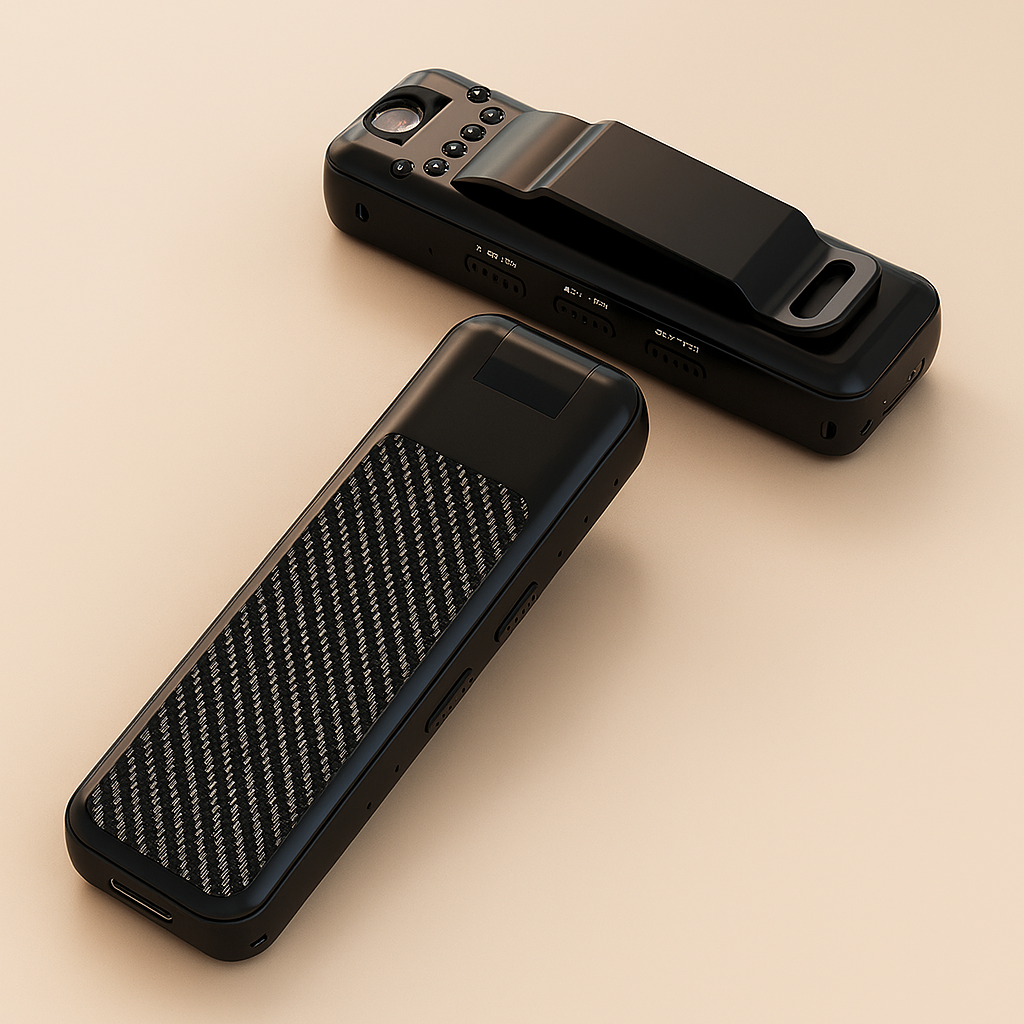Morning, AMEPGADGET readers — today we’re talking about a small gadget that stops big headaches. Water leaks are sneaky: a slow drip behind a washing machine or a hidden pipe leak can turn into thousands in repairs. Smart water leak detectors give you a heads-up the moment moisture shows up, and some systems can even shut the water off automatically.
Why install a smart leak detector?
Traditional detectors beep when water reaches them. Smart detectors do that and more: they send push alerts to your phone, track sensor history, and integrate with hubs so you can trigger actions (like closing a smart water shutoff valve). For many homeowners, one well‑placed sensor pays for itself the first time it prevents a flood.
Where to put sensors
- Basement & crawl spaces: Top spots for hidden pipe leaks.
- Under sinks: Cabinet floors near dishwashers and plumbing.
- Behind washing machines & water heaters: Big failure points.
- Near AC drip pans & sump pumps: Early warning before overflow.
Key features that matter
- Fast push alerts: Phone notifications and optional email.
- Battery life: Long-life batteries (1–3 years) reduce maintenance.
- Connectivity: Wi‑Fi for direct alerts, or Zigbee/Z‑Wave for hub-based setups.
- Water shutoff integration: Pair with a motorized valve to stop flow automatically.
- Flood vs. moisture detection: Some sensors detect dampness before pooling occurs.
- Temperature & freeze alerts: Useful if pipes are at risk in winter.
Quick install tips
- Place the sensor directly on the floor where water would pool—don’t tuck it away.
- Test alerts after setup so you know notifications arrive as expected.
- If using a hub, name devices clearly (e.g., “Basement Leak – West Wall”).
- Consider combining a sensor with a smart shutoff valve near the main line.
Top picks for 2025 (starter to pro)
| Model | Connectivity | Why Choose It |
|---|---|---|
| SensorBasic S1 | Wi‑Fi | Affordable, easy app setup for single-room coverage |
| Aqara Water Leak Sensor | Zigbee (works with hubs) | Reliable, long battery life, integrates with Home Assistant and hubs |
| Flo by Moen + Flo Sensor | Wi‑Fi + proprietary | Full-system solution: leak detection + automatic shutoff and analytics |
Pairing ideas
For the best protection, link sensors to a motorized shutoff valve or a home automation hub. If your network is flaky, put critical sensors on a local hub (Zigbee/Z‑Wave) rather than relying only on cloud services. Check our network guide if you’re troubleshooting connectivity: Fix Your Wi‑Fi, Fix Your Smart Home.
Budget & long-term costs
Entry-level sensors are under $30 apiece; full systems that include an automatic shutoff start higher. Factor in spare batteries and occasional replacement sensors. For basements and whole-house protection, think of the system as an insurance policy that often pays for itself.
Final thoughts
Don’t wait for the next slow drip to become a disaster. Start with critical spots—water heater, washer, and basement—and expand from there. For more gear and installation kits, visit our curated picks at AMEPGADGET Shop — Water Leak Detectors and explore related smart-home solutions in our Smart Home Innovations hub.
Installed a leak detector that saved you from a mess? Tell us the story in the comments—we’ll share the best reader saves in a follow-up post.



0 comments